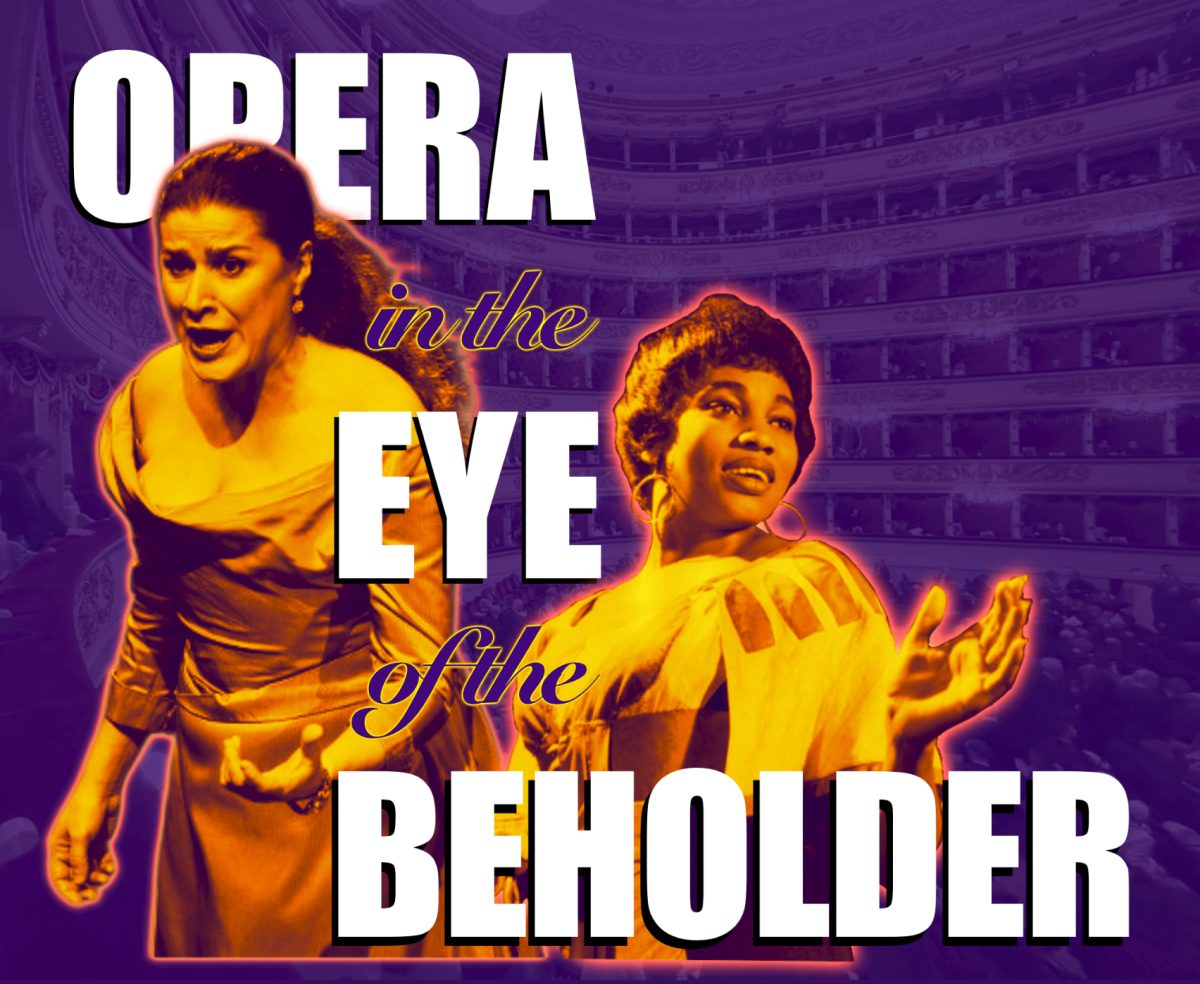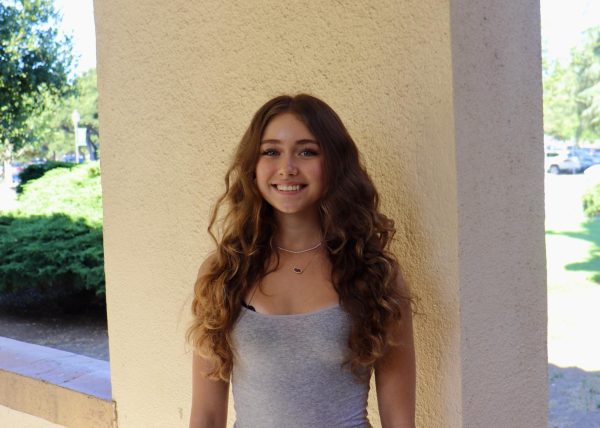She is the epitome of seduction, the holder of mystery and undeniable power. She is the femme fatale.
In art, film and literature, the femme fatale trope has gained traction and captivated audiences for centuries. A femme fatale character is a woman who is equally beautiful and manipulative. She uses her irresistible charm to get what she wants — money, attention or simply the death of her victims. Each man who becomes involved with her ends up in forlorn situations.
Characters who align with this cliché have always had the same goals: to seduce their male counterpart in order to obtain their desires. This form of character was adapted to cinema in the early 20th century, with the surge of the film noir genre. During this time, women were subject to a strict set of norms. They were expected to serve the household and succumb to the idea that it was their duty to serve men.
Reena Kukreja is an assistant professor of Global Development at Queen’s University and documentary filmmaker.
“During the war period, we had encouraged women to join the [WWII] effort,” Kukreja said. “They were working in factories, they were working in farms and they were becoming empowered.”
The femme fatale character was introduced in cinema to suppress the self determination of women.
“You have these women who are starting to earn a livelihood, starting to get a taste of freedom, getting out of patriarchy,” Kukreja said. “[Men] want to push them back into domesticity, into the 1950s housewife.”
Traces of the conniving, seductive, femme fatale-esque woman are seen across ancient civilizations and folklore. Across many vastly different cultures, characters like the Chinese Daji, Greek Medea, Egyptian Cleopatra and biblical figures like Salome were all conceived to serve a similar purpose and were written by a similar demographic.
“The history of women, storytelling, for the longest time, was very much based on the men’s perspective,” writer, director and producer Gabrielle Makower said.
In history and myth, there have often been characters who parallel the modern femme fatale. When the concept was transitioned to film, there was a distaste towards the independent woman. In both books and cinema, this alluring and manipulative character always gets retribution for her villany.
“If any woman does not behave as the good housewife, she suffers,” Kukreja said. “She has to pay for it, either by death or by being rejected.”
While they are typically portrayed as the paradigm of evil, in folklore, these characters often have complex motives.
“In religious texts or mythology, when women are acting out the role, sometimes they are doing it for the better good of the community or the family,” Kukreja said.
The stories inspired by history were warped and distorted by men until the narratives were purely fictitious, designed to convey a moral.
“Cleopatra is a historical figure, but she is highly mythologized,” Kukreja said. “She was beautiful. She knew what she wanted in life, and she was powerful. So [her downfall] is also sending a clear message that you cannot be powerful. You cannot stand up to be equal to men.”
Today, the femme fatale is still widespread in literature and art, especially film. The president of Paly’s screenwriting club, junior Misha Beggs, elaborates on the prevailing nature of the character.
“Writers very heavily lean on ancient archetypes and stories that already exist in places like ancient Greece,” Beggs said. “It is an archetype that is going to continue to be used, and has continued to be used.”
The nature of this character is highly debated. While some believe that it objectifies and belittles women, others believe that it encourages the empowerment of women.
It is argued that femme fatale characters introduce the idea that women can be independent and have more power over men. This portrayal, however, has sparked controversies around gender dynamics and stereotypes.
With many movies portraying the man as the dominant character, and holding a certain power over women, the new idea of femme fatale introduced the perspective that women could have power and live without the dependence of men. Impressionable youth who viewed these movies could develop a new outlook on the role of women.
“They should be raised to be independent and strong, and not depend on a man the entire time, compared to all those mainstream movies where the women are asking for help all the time,” sophomore Kathleen Wang said.
Many people believe that these independent women are inspiring and set a more balanced view about women for the upcoming generations.
“Femme fatales are good role models for children, especially women,” Wang said.
This depiction of women is sometimes seen as a positive thing, characterizing them as heroines. However, some believe that it oversexualizes and disrespects them. It is feared that these gorgeous, manipulative women are purely seen as those traits, rather than through the lens of power and independence. This can be degrading to women, as it is believed that it will teach men to look past their intelligence and oversexualize them.
“It was empowering, but then they showed the more lonely side of it, like her wearing a low cut dress and nicely smiling at these men automatically makes the men think, ‘I could do what I want with her,’” sophomore Katherine Chen said.
Additionally, the disproportionate number of male directors of films containing femme fatale characters exacerbates the over-sexualization of these women.
“In male directed movies, there’s a tendency that it is definitely more just for the eye candy aspect,” Chen said.
The ambiguous nature of these characters affects life off the screen.
“It’s dangerous when people can’t separate fact from fiction, because all character archetypes are about their characters, they’re not real,” Wang said.
The gap between reality and cinema is often blended, especially during the introduction of film in the 20th century, when many people believed that the femme fatale was a representation of all conventionally attractive women.
“It pushes the narrative that women are so wishy-washy and emotional, and men don’t understand what they want,” Chen said. “That can be harmful.”
Media literacy, the ability to separate the femme fatale type of character from the real nature of humanity, can be a crucial skill to have.
“It would get bad if a person saw them in a movie and couldn’t separate a character who is seductive and [a character who is] evil,” Wang said. “You need to be able to use critical thinking to separate those two narratives.”
The potential harm of the femme fatale towards gender equality is stark in film and television. Despite this, it is one of the most common tropes in movies today. This is likely due to its reliability.
“They are embedded in our psyche,” Kukreja said. “This is what we call media discourse, they become references that we hark back to time and time again.”
Ingrained in our minds, the femme fatale has a significant role in the distaste of powerful women. In the upcoming 2024 election, numerous women are running for local and federal political positions. They all have a clear goal and campaign in mind, but there are societal barriers that slow their path. Largely due to the generalization of the femme fatale, women with a vision are labeled as untrustworthy or villainous.
“When people see women with ambition, or even just power, a lot of the time they can be immediately labeled as rude,” Chen said. “Or if, for lack of a better term, bitchy. Just because a woman is powerful or wants power, that doesn’t necessarily mean that she is a horrible person. When men do that, they’re applauded for being ambitious and goal oriented.”
A common motif in these characters is that they die or have all their autonomy vanquished in the end of their narratives. This limits the power they have as role models. Cleopatra, in her mythology, was able to rule her entire country, but was still punished by death at the end of her fable.
“Ultimately, she had to pay the price for her own independence: she had to commit suicide,” Kukreja said. “It’s sending a clear message that you cannot be powerful, you cannot stand up to be equal to men.”
The villainization of the femme fatale can have an undeniably harmful impact on the way that women are viewed. This does not diminish the importance of how femme fatale characters have shaped women’s rights throughout history. They were some of the earliest portrayals of self sufficiency and a significant stride towards female autonomy and independence.
“A powerful woman is a dangerous thing,” Makower said. “If she’s beautiful, she’s dangerous. She’ll get you to do something.”










